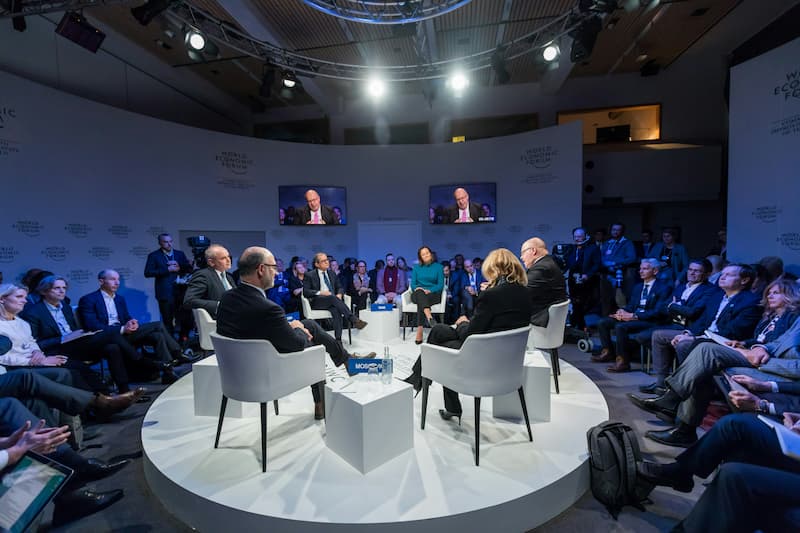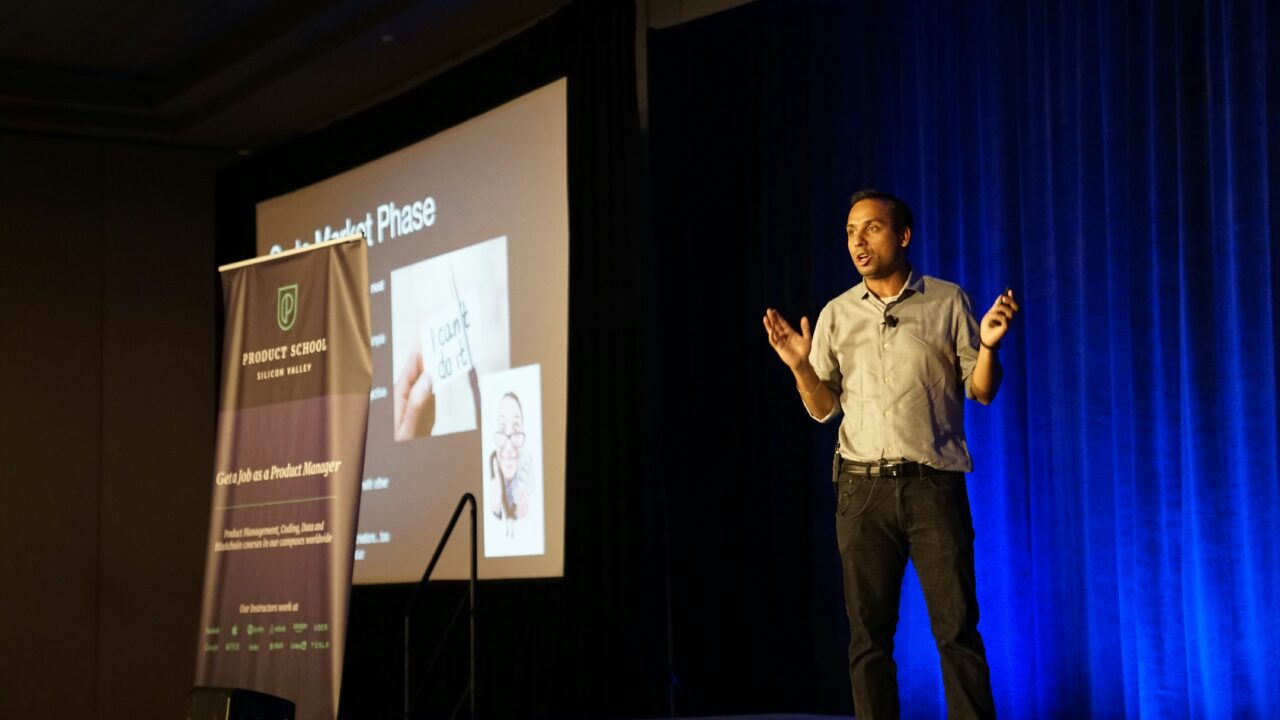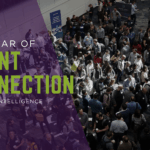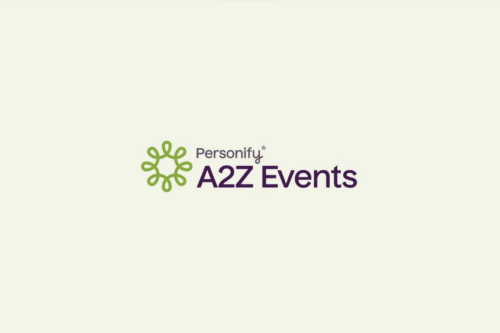Putting together a spectacular event that delights attendees calls for more than flashy merch and a spectacular location. You want to attract and entice speakers who connect with your attendees and provide them with valuable information.
To bring in these effective presenters, think carefully about how you put together your call for papers (CFP). Effectively using this process will not just help you get more submissions, but will help you find the right ones for your upcoming event.
In this article, we will walk you through how to design a CFP that improves your speaker quality and program relevance.
Why a Strong Call for Papers Matters
Your strategy for CFP design will have a tremendous impact on your overall event outcomes. An optimal plan will attract potential speakers who have a powerful, relevant message for your attendees.
Drafting a clear and targeted CFP will naturally draw strong speaker candidates. It will help you weed out weaker submissions by highlighting your expectations so that you know your selected speakers will offer immediate value for the audience.
Having outstanding speakers will bring a number of benefits to your event planning, including:
- Stronger session content that informs and entertains your audience
- Better attendee satisfaction, which improves reviews and returning attendees
- Easier program curation, as you can cultivate speakers who align strongly with your event branding and goals.
Now that you’ve seen the value that a quality CFP can offer your event, let’s look more closely at the steps involved in creating an effective design.
Step 1: Define Your Event Goals and Themes

To solicit papers that fit well with your event branding, you want close alignment between the paper solicitations and your event objectives. To build this type of alignment, identify themes and topics that will resonate with your audience. Consider the following:
- What is the theme you have for your event?
- What are the pain points and interests of your targeted audience? Describe these ideas clearly.
- What are some target topics you want to cover? Including a list of potential topic ideas can help people better align their proposals with your vision.
Step 2: Know Your Target Speaker Profile
Next, consider who you want your CFP to go to. Blanketing the request can result in reaching too many irrelevant speakers and not adequately addressing and attracting the optimal proposals. By drawing the proposals from the target audience, you can make your selection easier and help you create a strong lineup for your event.
Identifying the “right” speakers for your event requires a multi-prong approach. You want to think about a few different areas:
- Expertise. Speakers who align well with your audience’s interests and event themes can bring in genuine value.
- Diversity. Cultivating speakers from several different backgrounds can help you examine your theme from various viewpoints, enhancing the value you offer.
- Audience Appeal. In addition to expertise, your speakers need to be engaging and interesting to your audience. Knowing how well they speak and present their topic, and how much they will personally appeal to your audience, is key.
Armed with the insights from your analysis above, the next step involves incorporating this information into your CFP. Draft language that makes your intentions clear with the types of papers you would like to read. Provide people with clear expectations of the topics you want to see and the audience you anticipate so they understand who they need to address.
To strengthen your appeal and encourage underrepresented voices to submit their proposals, consider carefully how you phrase your call-to-action and where you advertise your event. Make it clear that you welcome papers from diverse participants and viewpoints. Depending on your theme, you might also look for professional organizations that cater to diverse populations and ask them to promote your event.
Step 3: Craft Clear Submission Guidelines
Along with all the information included in your paper about the target topics and audience, you want to provide clear submission guidelines so that all your paper proposals come with all the necessary information. Laying out clear expectations can help you filter out many people who might not have been a good fit for your event. Make sure your guidelines specify:
- The target work count
- The format you prefer
- Bio requirements
- The deadlines for submissions.
Place the critical information about the submission guidelines and what you want to see in the papers right at the beginning in clear language. Watch the language in your proposal to emphasize that you want papers from diverse audiences. That means watching how you gender the language and avoiding any implications that diverse voices are an afterthought.
Step 4: Optimize Your Call for Papers Messaging
Once you have drafted your CFP, it is time to broadcast your announcement and generate buzz for your upcoming event. To encourage people to get excited and submit their ideas, think about all the elements that can attract attention, including:
- The headline
- Email subject lines
- Landing page copy
Boring titles will easily get overlooked in people’s inboxes. To help generate attention, use your titles to capture your overall value and call to action. Make sure your email titles are short but highly relevant so people scanning their inbox see the whole message and can read it as they scroll by.
Once people get to your landing page, entice them to submit their ideas by emphasizing who is organizing the event and the value it has to offer speakers and attendees. Your presenters will be interested in learning more about any exposure and networking opportunities they will have. Speaking at reputable events can also boost their credibility in their industry, which people will appreciate.
Persuasive language that invites speakers to join an elite community or participate in a cutting-edge event, and then pairing it with a straightforward process for submission, will encourage people to engage and keep them interested throughout the process.
Step 5: Use the Right Channels to Promote Your Call for Papers
As you promote your CFP, use a variety of different platforms to reach your targeted speakers. You will likely want to start this process 8 to 9 months before the event. This gives you time to review submissions and then use speakers and topics in your advertising.
To build the audience for your request, use a multifaceted approach. On the one hand, work with your existing community, past speakers, and your wider network to promote your event and the opportunities you have to offer. Encourage people to spread the word about your event to attract more attendees.
While you use this personal form of promotion, create campaigns to promote it through email, social media, your website, and professional associations. Draft language that captures your purpose and your value.
Speaker bureaus that focus on connecting speakers with opportunities can also be a great resource for finding relevant presenters.
Step 6: Streamline the Submission & Review Process
To help you effectively manage your submissions, technology can go a long way. Tools like submission portals and review workflow can quickly bring together all your relevant submissions so that those tasked with selecting the best papers can easily compare them.
Creating a smooth process will help you keep everyone on track. Challenging or unclear systems encourage people to click off. The first people you will lose are the top presenters, who know they will have no trouble finding other positions.
To make the process smooth, minimize the number of steps involved. Clearly post the instructions, so everyone knows what to do next. Use clear communication and step-by-step instructions to walk people through the submission to avoid missing anything.
Step 7: Communicate Transparently with Applicants

As your call for papers goes out, use these initial contacts to build solid relationships with your potential presenters. Clear and transparent communication is key.
Set clear expectations about your timelines, the criteria you will use to review proposals, and what goes into your selection process. Stay on top of your deadlines, so people hear from you in a timely manner and view you as professional and reliable. This reputation will then extend to the rest of your event.
Remember the importance of relationship building even when you reject a submission. When you have to let a potential presenter know that you have not selected them for your event, look for opportunities to nurture positive associations with your brand. You might invite the applicant to attend the event or reapply next year. You might provide constructive feedback on why their paper was not accepted so they can better align with your expectations next year.
Common Mistakes to Avoid in Your Call for Papers
Once you have drafted your CFP, it helps to review your draft to check for common errors. Double-checking your work can cement your filter so you receive the best possible papers for your event.
Start by reading through your description to make sure you’re not too vague in your topic listings or criteria. Have someone not involved in your event planning read it through as well to get their impressions and make sure they understand everything.
Next, review your submission process to ensure it is streamlined and easy to follow. Again, working with someone outside your event planning team can make sure your perceptions are accurate.
Review your language selections and your call to action to make sure they express your interest in cultivating a diverse speaker list. Remember that using inclusive language can help tremendously in this regard.
Finally, make drafting and promoting your CFP one of your first priorities. You should have it out and promoted 8 to 9 months ahead of your event, so put this high on your to-do list. Not only will this prioritization help you by giving you enough time to finish your tasks, but it will also help you attract top talent before they get booked for other events.
Conclusion & Next Steps
Taking the time to craft an optimal call for papers can set the tone for the rest of your event. You will be better prepared to find speakers and presenters who offer value to your audience and can engage them, enhancing the atmosphere and experience of the entire event.
Take a look at your current internal processes for finding speakers for events and see how you can use our advice outlined above to improve your strategies and make your next event the best one yet.










